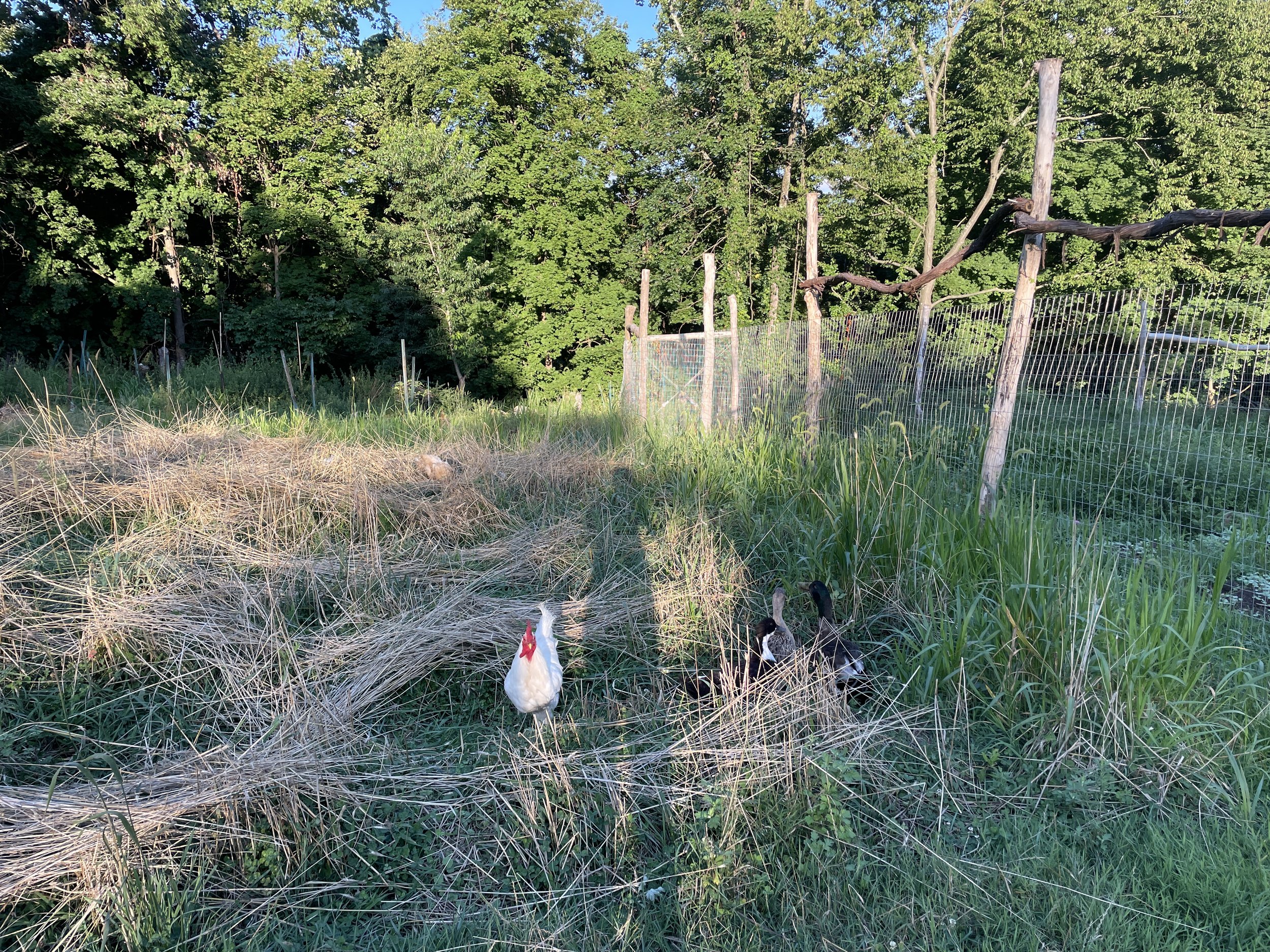Farm & Garden Update: A Practical and Radical Experiment
As American Novelist Wendell Berry wrote, “the true measure of agriculture is not the sophistication of its equipment, the size of its income or even the statistics of its productivity but the good health of the land.” Healthy topsoil in which healthy food can be produced and fed to people to promote health, takes hundreds of years to build and create, but in just a few years can be destroyed. One would think humans would have learned these lessons by now, especially here in the States, having gone through the Dust Bowl about a century ago. Agriculture, with its advanced technological knowledge, mostly in the field of genetic research, is taking a radical shift in food production, but it is not towards more preservation and protection of our planet's resources. With these shifts, one might think more technology will fix our environmental and health crises. But what if it does not? What would the alternative look like or be? What would be the fix? How will humanity continue to feed an ever-growing population with rapidly depleting topsoil, increasing droughts, increasing air and water pollutants, decreasing biodiversity and decreasing ecological habitats?
OSS North is an exploration of these questions. The project began in 2020 with the purpose of creating a self-sufficient micro-farm combining Biodynamic practices with permaculture methods to explore non-traditional agricultural techniques as possible solutions to the current worldwide environmental crisis humans are facing. At the same time, it provided a complete farm and garden educational experience, bringing the Otto Specht students into this practical and radical experiment.
During the 2019-2020 school year, in the months before Covid closed down the schools, OSS students in all grades took the first of many steps. They began by observing the land, taking note of the many unique characteristics of this space. In autumn, the students noticed the slope of the land and how the rain flowed from the upper to lower parts. They looked at the contours of the space during winter when all the vegetation was dormant and the skin of the Earth covering the space was bare. In spring, the students took inventory of the various species of plants living in the space, vying for ground and light, creeping up the hillside and transforming what was once opened and cleared land back into forest. High school seniors explored key-line principles based on topographic lines as well as concepts like desertification and edge effect. Other High School and Middle School students focused on forest growth stages and which plants are present in each age of development, as well as the 7 levels of plant strata from tubers to vines. Lower grades concentrated on the movement of the Sun through the cardinal directions and the effects on plant growth through each from North to South. All this learning supplemented their respective curriculum and development.
At last, with their will directing their hands and feet, armed with nippers and small pruning saws, the students peeled the pioneer plants and shrubs back to the edge of the well established forest. Proudly, they had reclaimed the land and the birth of OSS North was witnessed. A point was then found in the contours of this new space where the decline of the hill meets the leveling off of the flat ground. That point and the topographic contour line that lies along it formed the point from which all the beds in this new garden would align themselves with, and in doing so, rain water and surface erosion of precious topsoil could be trapped and held on the new growing space for years to come.
OSS is now embarking on its fourth year creating this small example of what agriculture could look like even in the midst of our technocratic, immediate gratification world. After nearly three growing seasons, many things are unfinished— we still need a fence secured with a proper gates, there are fruit trees and berry trees to plant, medicinal herbs to intersperse among perennial and annual plants, a root cellar, a pond for holding water and providing an aquatic habitat and goats to help in weed management. But in the weeks to come, students will help thresh the rye they harvested in the summer and dig the potatoes they hilled. They will measure top soil consistency and they will continue to observe the radical changes in the land. In the end, there will be no grade or test. Students will hold the rich soil in their hands, taste the fruits of their labors. The natural resources and their overall wealth and health will be judges of our practices.





